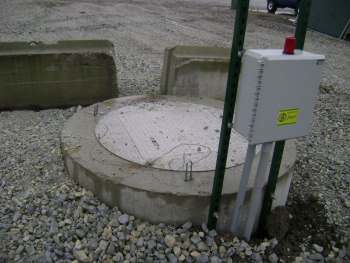What makes a cleaner hard to treat?
Numerous fluid metal cleaners utilized in industry have a basic creation of burning, surfactant and sodium carbonate. These cleaners are not exceptionally forceful and are not difficult to treat by standard wastewater treatment strategies. At the point when more forceful cleaners are utilized, notwithstanding, it makes a test for water treatment. A cleaner’s solidarity is expanded by utilizing complexes like smelling salts, citrates, carboxylic acids, EDTA, NTA TEA, phosphonates and so on When these are unloaded into a wastewater stream containing metals, they will complex or bond with the metals in arrangement. This bond makes it harder to eliminate the metals from the waste stream utilizing standard treatment techniques.

How would we treat wastewater with complexes cleaners and metals in it?
Treatment can be taken care of a few distinct ways. One of the customary strategies is to blend in the complexes wastewater with the wide range of various wastewaters, and go through the accompanying method inside the leveling tank:
- Bring down the pH to 2.0 – 2.5 this serves to breakdown the complexors
- Add coagulant
- Raise the pH to 9.0 – 10.0
- Add 50 – 200 ppm of a metal precipitant these perplexing metals in a structure that will floc
- Add anionic polymer to producefloc
Assuming there is a vacant response tank accessible, be that as it may, the most effective way to treat concentrated complexed cleaners is to isolate it in a different tank. By then, there are a few choices for treatment.
Choice 1: Acidify it with weaken sulfuric corrosive, carrying it to a pH of 1.5 – 2.5, and afterward upset it for 24 to 48 hours. After this time, the arrangement can be seeped into the wastewater stream progressively and treated without requiring metal precipitant. Remember that Jar Testing ought to be performed to decide:
- How long is important for the corrosive to separate the complexors
- How much % b/v of the fermented cleaner can be seeped into the wastewater stream and treated effectively
Choice 2: Drop the pH to 3.0 – 4.0, add a lessening specialist, for example, sodium metabisulfite, and permit the answer for sit and respond for 24 hours. The condition for this response is – Na2S2O5 → Na2SO3 + SO2
The hindrance with utilizing the sodium metabisulfite treatment choice is that sulfur dioxide gas structures during the response. This gas is harmful and produces a sharp scent https://paramountwastewater.com/septic-tank-pumping-cleaning/.

